Revitalize Your Watch Collection with Ultrasonic Cleaning
Ultrasonic cleaning has become an integral part of watch manufacturing and servicing industry due to its effective cleaning capabilities. The technique uses high-frequency sound waves to create microscopic bubbles that agitate and remove contaminants from the surface of the watch, including dirt, dust, oils, and other particles. This method is highly efficient as it can penetrate deep into small spaces and crevices, leaving the watch thoroughly cleaned.
However, it is important to note that ultrasonic vibrations can cause damage to delicate mechanical components of the watch, such as the balance wheel, hairspring, and pivot holes. Therefore, it is essential to dismantle the watch before cleaning to ensure that each component is thoroughly cleaned without the risk of damage. The watchmaker should also ensure that the cleaning solution is not too strong or too hot as it can cause damage to the watch components.
The cleaning agent used in ultrasonic cleaning is also an important factor that can affect the cleaning results. A neutral cleaning agent is highly recommended as it does not damage any of the watch components. Galvex 18.01 (Alternative fluid is 'Type N' with 15% concentration) is a popular choice for watch cleaning as it has excellent cleaning properties and does not harm any of the components of the watch. It is also biodegradable, which makes it an environmentally friendly option.
The ultrasonic cleaning process involves several stages, including ultrasonic wash, rinse, and drying.
Stage 1 - Ultrasonic Wash: The first stage of the process involves filling a Kemet 6 benchtop cleaner with tap water and allowing it to heat up to the required temperature of 60°C. The unit is then set to degas while heating, which removes small suspended gas bubbles and increases the cavitation effect. Once at the correct temperature, a 3% concentration of Galvex 18.01 is added to the tank and allowed to degas for a further 10 minutes.
The watches to be cleaned are then placed in the basket and submerged in the tank. The cleaning cycle typically lasts between 5 to 20 minutes, depending on the level of contamination on the watch.
Stage 2 - Ultrasonic Rinse: After the cleaning cycle is complete, the watches require rinsing to remove any remaining debris and cleaning detergent residue. At least one high-quality deionized water rinse with ultrasonic cavitation is recommended to ensure optimal results.
Stage 3 - Hot Air Drying: The final stage of the process involves drying the watches using a hot air drying unit at 70°C for 5 minutes. This ensures that any residual water is removed from the watch, preventing any potential damage from water infiltration.
Before and after results for Ultrasonic Cleaning Watches
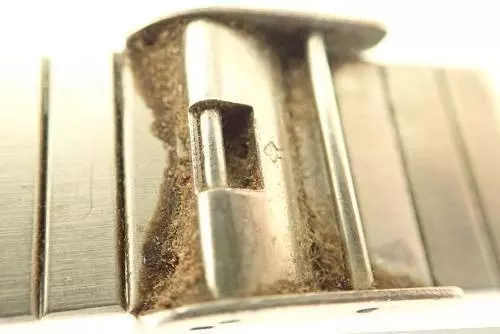

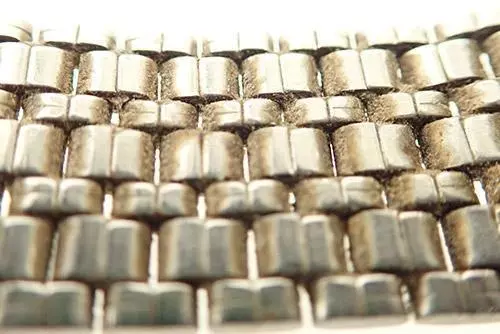
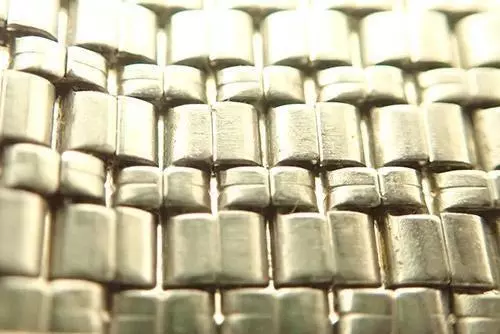
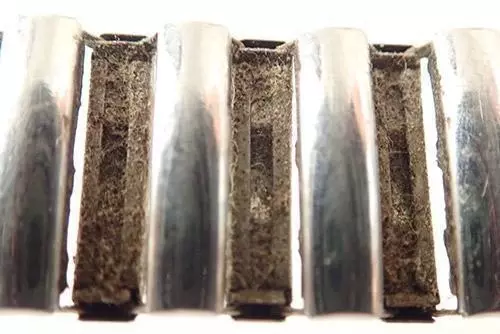
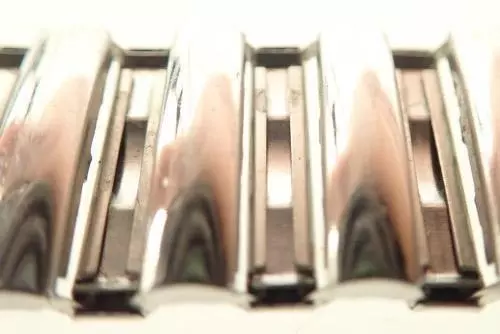
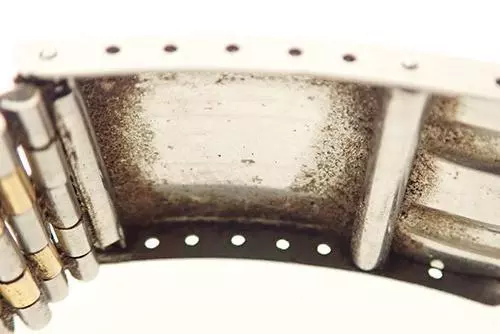
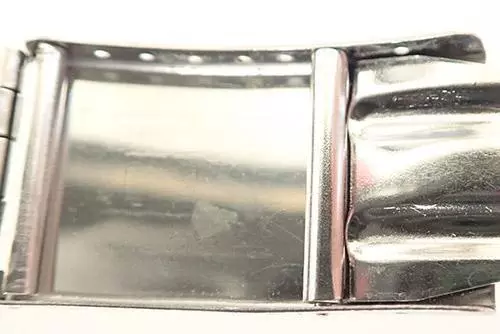
If the contamination on the watch strap remains on the surface for an extended period of time, it can become attached and result in pitting on the plating. This can be observed in the image where the contamination has been removed but the plating shows signs of pitting. In order to restore the watch strap to a flawless finish, it would be necessary to utilize Kemet DiaVers Diamond Paste to grind and polish the affected area.
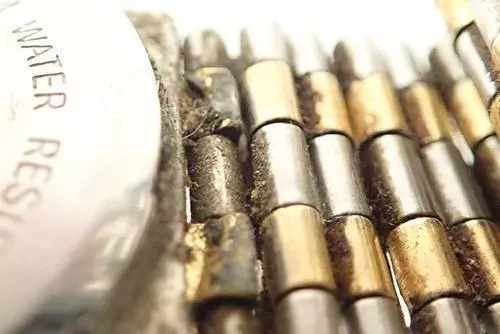
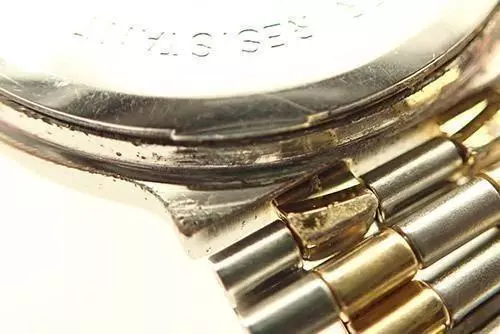
In the majority of the examples shown, the watch face has been left on during the cleaning process, however, this practice is not recommended. Doing so poses the risk of water entering or condensation forming inside the watch, and in some cases, the glass may detach from the watch face.
Ultrasonic cleaning is a highly effective and widely used method for cleaning watches in the manufacturing and servicing industry. However, it is important to follow best practices to ensure the safe and effective cleaning of the watch components. By using the right cleaning agent and following the recommended cleaning cycle, watches can be thoroughly cleaned without causing damage to the delicate mechanical components.
